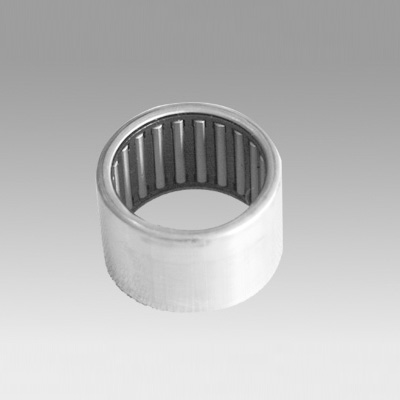
Dec . 23, 2024 16:18 Back to list
Exploring the Features and Applications of 6306 2RS Bearing in Machinery
Understanding the 6306 2RS Bearing A Comprehensive Guide
Bearings play a crucial role in the functioning of various machines and mechanical systems, allowing for smooth rotation and movement while reducing friction between moving parts. One common type of bearing is the 6306 2RS bearing, which is known for its reliability and versatility in diverse applications. This article explores the features, applications, benefits, and maintenance tips of the 6306 2RS bearing.
What is a 6306 2RS Bearing?
The 6306 2RS bearing is a deep groove ball bearing, categorized under the series of 6300 bearings. The designation 2RS indicates that this bearing is equipped with rubber seals on both sides, which serve to protect the internal components from dirt, dust, and moisture. This makes the 6306 2RS particularly well-suited for environments where contaminants could impede its function.
The 6306 refers to the bearing's dimensions, specifically its inner diameter of 30 mm, outer diameter of 55 mm, and a width of 13 mm. This standard sizing allows for interchangeability with other bearings of the same series, making it a widely used component in various machinery and equipment.
Key Features of the 6306 2RS Bearing
1. Sealed Design The double rubber seals (2RS) prevent outside contaminants from entering the bearing while retaining the lubricant inside. This sealed design extends the bearing's lifespan and improves its performance in challenging environments.
2. Ball Design The use of steel balls allows for low friction and high-speed operation, making the 6306 2RS capable of handling radial and axial loads efficiently.
3. Material Composition Typically made from high-carbon chrome steel, the inner and outer races, as well as the balls, provide durability and resistance against wear.
4. Lubrication The bearing is pre-lubricated with grease, which enhances its performance right out of the box and reduces the need for frequent maintenance.
Applications of the 6306 2RS Bearing
The versatility of the 6306 2RS bearing allows it to be used in a myriad of applications across different industries. Some common uses include
- Automotive Industry Many vehicles utilize 6306 2RS bearings in their engines, wheel hubs, and transmission systems due to their ability to withstand high rotational speeds and loads.
- Industrial Machinery Conveyors, pumps, and motors frequently incorporate this bearing type for smooth operation and to minimize wear and tear.
- Household Appliances Products such as washing machines, refrigerators, and fans often contain 6306 2RS bearings to ensure efficient functionality.
6306 2rs bearing

- Agricultural Equipment Tractors and other farming machinery rely on the durability and efficient performance of the 6306 2RS bearing for effective operation
.Benefits of Using the 6306 2RS Bearing
1. Cost-Effectiveness With a reasonable price point and long lifespan, the 6306 2RS bearing provides excellent value for money.
2. Low Maintenance The sealed design minimizes the need for regular maintenance, making it a convenient choice for many applications.
3. High Efficiency Its ability to handle both axial and radial loads while operating under conditions of high speed makes it an efficient component.
4. Widely Available Being part of a standard series, the 6306 2RS bearing is readily available from numerous manufacturers, which facilitates easy replacement.
Maintenance Tips for the 6306 2RS Bearing
To ensure optimal performance and longevity of the 6306 2RS bearing, consider the following maintenance tips
1. Regular Inspection Periodically check the bearing for any signs of wear or damage. Early detection can prevent further issues.
2. Keep It Clean Ensure that the surrounding area is clean to prevent contaminants from entering the bearing.
3. Monitor Noise and Vibration Unusual sounds or vibrations during operation can indicate a problem. Investigate any irregularities promptly.
4. Proper Installation Make sure the bearing is installed correctly, following the manufacturer’s recommendations to prevent premature failure.
Conclusion
The 6306 2RS bearing is a reliable and versatile component essential for the efficient functioning of various machinery in multiple industries. Understanding its features, applications, and maintenance requirements can help users maximize its performance and ensure a longer lifespan. By choosing the right bearing and adhering to best practices, businesses can enhance their operational efficiency and reduce downtime, ultimately leading to improved productivity.
Latest news
-
Premium Deep Groove Ball Bearings | High Speed & Reliability
NewsAug.29,2025
-
Durable Scaffolding Clamps - Secure & Reliable Tube Connectors
NewsAug.28,2025
-
Common Failures in Thrust Ball Bearings and Solutions
NewsAug.22,2025
-
How Tapered Roller Bearings Can Take Shock Loads
NewsAug.22,2025
-
Angular Bearings in High-Precision Spindles
NewsAug.22,2025
-
The Impact of Misalignment on Cylindrical Roller Bearing Performance
NewsAug.22,2025
